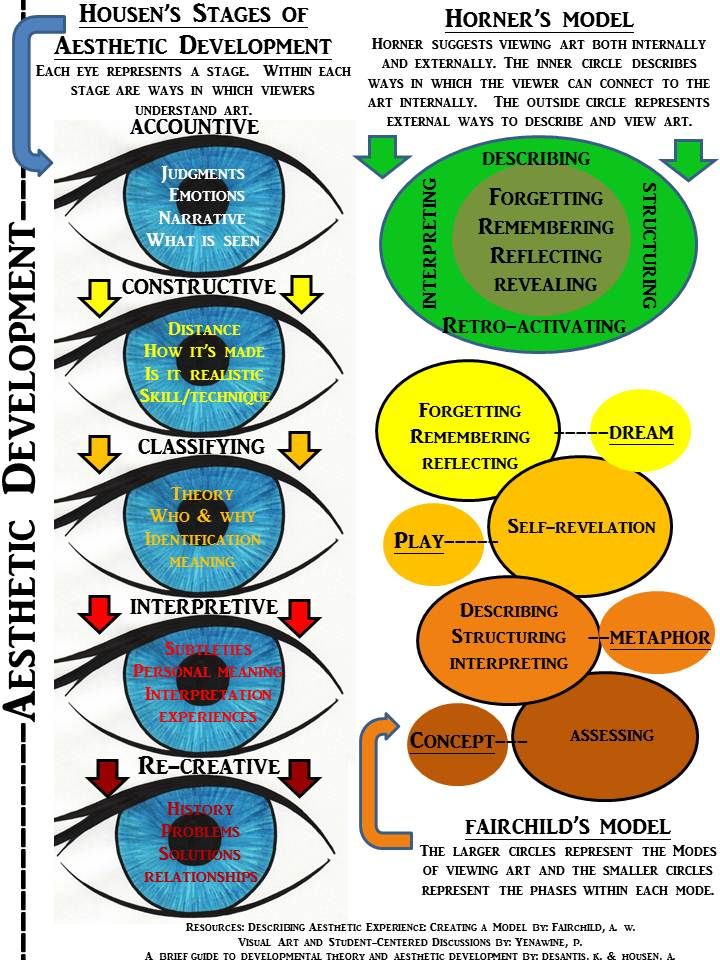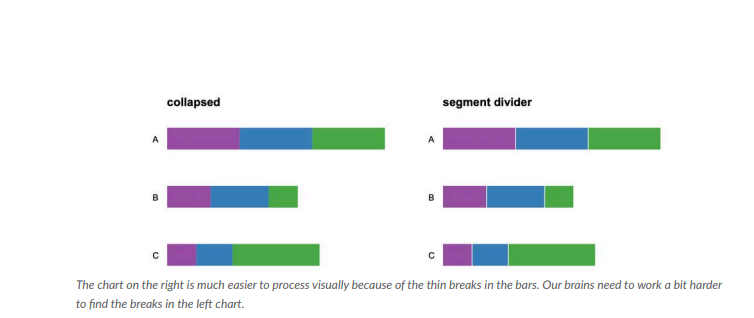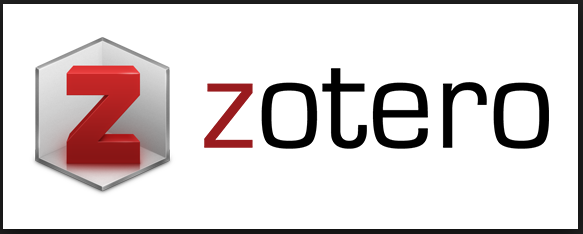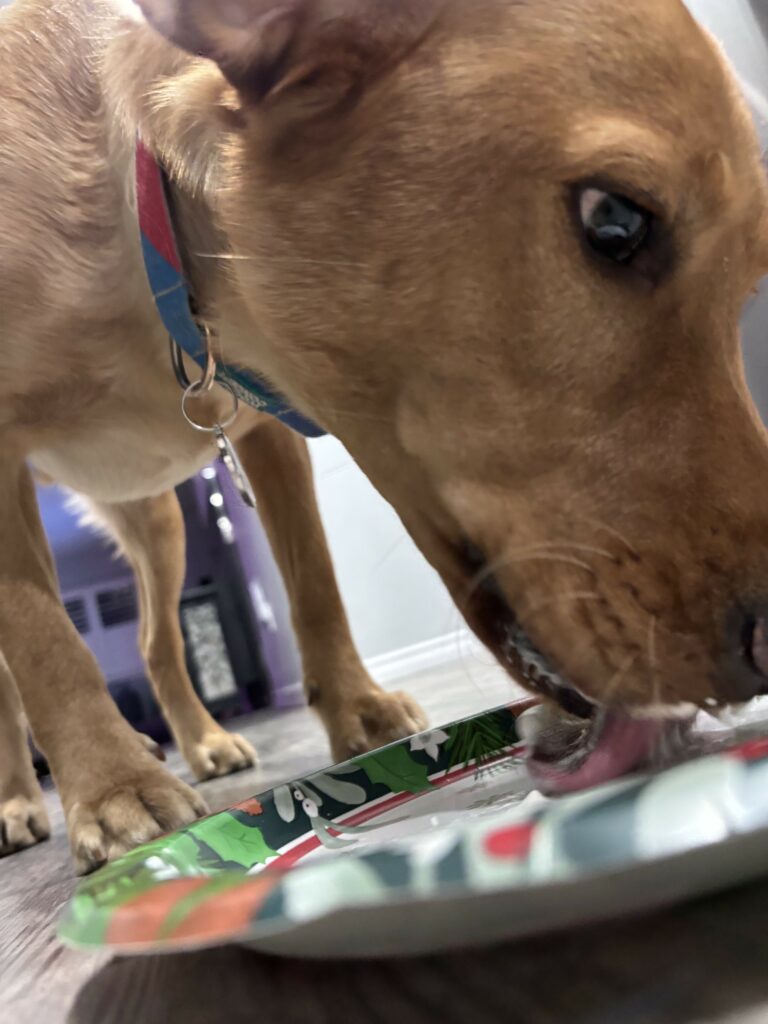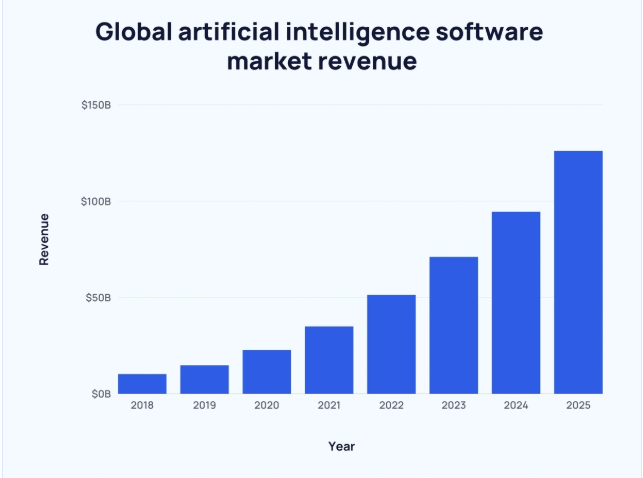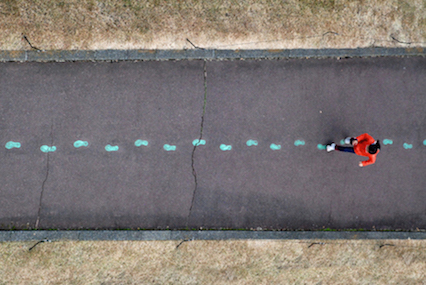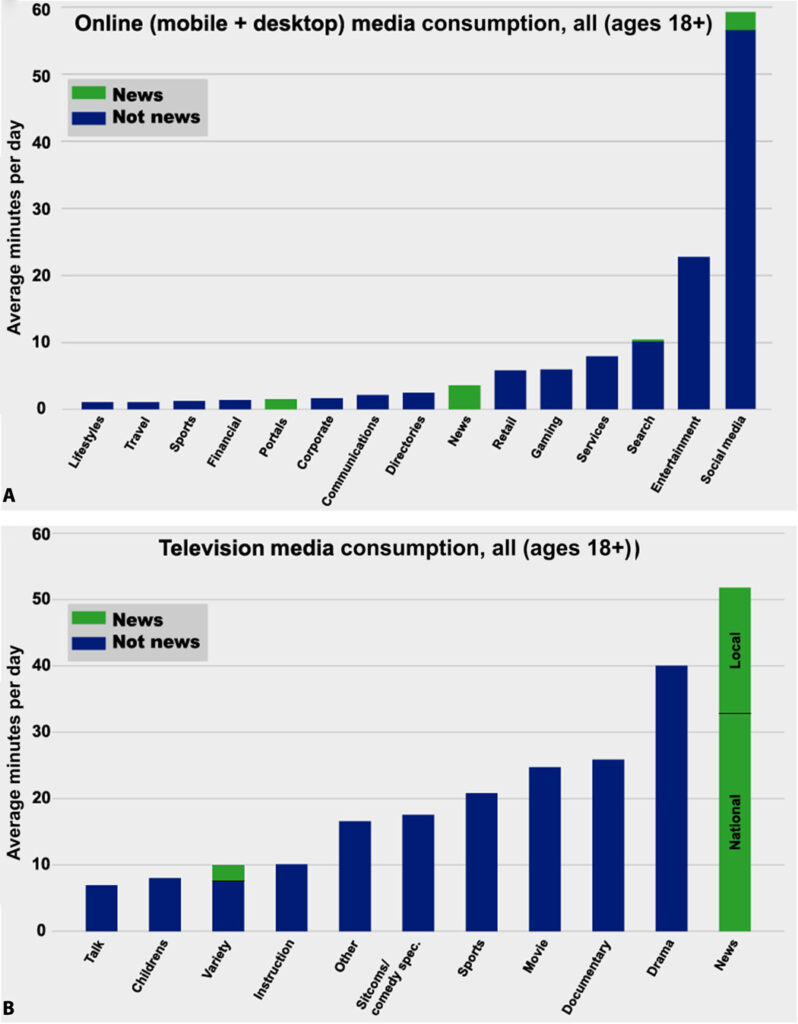
With the last article discussing skills and techniques that can be used to analyze and evaluate visual imagery, the next step is reflecting on why those proficiencies are needed. If there’s a lack of understanding of why being able to scrutinize images is important, the skillset will never be prioritized. Looking at modern visual mediums, the prevalence of digital media is impossible to ignore. Most images people encounter in 2025 come in the form of online pictures or videos. Beyond artistic analysis, the ability to weigh outside factors behind imagery is needed in deciphering the subjective news, construe intended/hidden meanings or discern real pictures from artificially generated ones. Removing the artistic considerations from a piece in order to deduct truth from an image is an essential modern ability.
A 2019 CBC poll suggests that 90% of Canadians have been fooled at one time or another by “fake news”1. Despite this, far less than 1% of the news content that is considered fake news. Public misinformation can be delivered in many ways. Although the topic of fake news is often mentioned and politicized, intentionally false headlines and created stories are not a common method of spreading lies. However the idea of fake news creates far more influence than the concept itself. Inspiring polarization of information or flat out refusal of sources that report conflicting information, implied or assumed biases are far more likely to result in being under or misinformed2. Being able to analyze imagery and written information to assess what biases or viewpoints are baked into the media is essential to being digitally literate. In this scenario, understanding fake news is in of itself fake news, gives the audience some level of insight into why a person, party or organization may want you to think a certain way, or believe a true verified news story is fake.
While having discussed what aspects of an image to examine to assess it’s authenticity, there are similar tools available to parse out the reliability of a news article. Examining and comparing unreliable vs reliable details is the basis for discovering validity.
